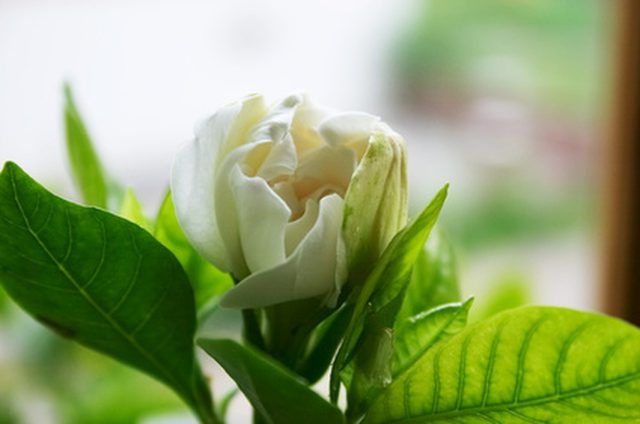Bulbs
Flower Basics
Flower Beds & Specialty Gardens
Flower Garden
Garden Furniture
Garden Gnomes
Garden Seeds
Garden Sheds
Garden Statues
Garden Tools & Supplies
Gardening Basics
Green & Organic
Groundcovers & Vines
Growing Annuals
Growing Basil
Growing Beans
Growing Berries
Growing Blueberries
Growing Cactus
Growing Corn
Growing Cotton
Growing Edibles
Growing Flowers
Growing Garlic
Growing Grapes
Growing Grass
Growing Herbs
Growing Jasmine
Growing Mint
Growing Mushrooms
Orchids
Growing Peanuts
Growing Perennials
Growing Plants
Growing Rosemary
Growing Roses
Growing Strawberries
Growing Sunflowers
Growing Thyme
Growing Tomatoes
Growing Tulips
Growing Vegetables
Herb Basics
Herb Garden
Indoor Growing
Landscaping Basics
Landscaping Patios
Landscaping Plants
Landscaping Shrubs
Landscaping Trees
Landscaping Walks & Pathways
Lawn Basics
Lawn Maintenance
Lawn Mowers
Lawn Ornaments
Lawn Planting
Lawn Tools
Outdoor Growing
Overall Landscape Planning
Pests, Weeds & Problems
Plant Basics
Rock Garden
Rose Garden
Shrubs
Soil
Specialty Gardens
Trees
Vegetable Garden
Yard Maintenance
Soil Mix for Gardenias
Soil Mix for Gardenias. Gardenias are popular houseplants in the northern United States and are garden plants in Southern regions. A delicate plant, the gardenia requires special growing conditions, including special soil mix, to flourish and produce attractive blooms. Gardenia soil mix addresses the plant's need for correct pH, nutrition, moisture...

Gardenias are popular houseplants in the northern United States and are garden plants in Southern regions. A delicate plant, the gardenia requires special growing conditions, including special soil mix, to flourish and produce attractive blooms. Gardenia soil mix addresses the plant's need for correct pH, nutrition, moisture and drainage, while being easy for gardeners to prepare.
pH Requirements
Gardenias, like azaleas and rhododendrons, require a soil that is slightly acid; that is, with a low pH. A soil test kit should verify whether a soil mix is adequately acid for gardenias. If it is not, adding peat moss to the soil mix will render it more acidic.
Drainage
Gardenias require good drainage, so a soil mix for growing gardenias should not be heavy or contain too much clay. Feeling the soil mix will confirm whether it is light enough for good drainage. Peat moss is a good amendment for a soil mix that is too heavy. Perlite is also an available amendment, but is not environmentally sustainable, and is thus not used by some gardeners. Sand can be a good substitute for perlite, if used in small amounts.
Nutrients
Gardenias require rich soil, with ample nutrients. Adding timed-release fertilizer and coffee grounds to increase acidity and add nutrients is normally necessary to make a soil mix optimal for growing gardenias.
Avoiding Mold
Mold-related problems are the No. 1 cause of damage to gardenias, or poor plant performance. For this reason, ordinary garden dirt is not suitable as a soil mix for gardenias. Dirt from outdoors can harbor many forms of mold that can cause diseases in a plant that grows in humid conditions, as a gardenia does.
Purchasing vs Creating Soil Mix
Amending an existing commercial potting mix to be suitable for gardenias is the most efficient option for most gardeners. Soil mix can also be created by combining rich commercially purchased topsoil with fertilizer, peat moss, sand or perlite, and compost.